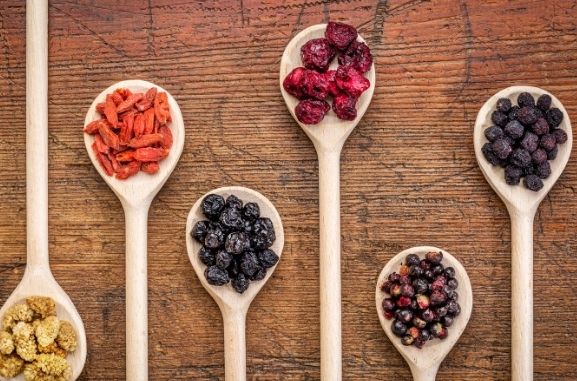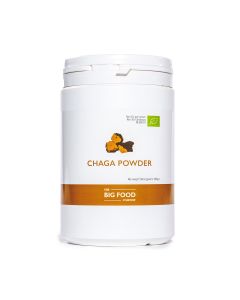- Shipped today!
- Free shipping from € 45
- Postpay possibility
- Review score 9.4
- Earn reward points
- Shipped today!
- Free shipping from € 45
- Postpay possibility
- Review score 9.4
- Earn reward points
- Home
- Superfoods
- Small bulk
- Fruits


Plent Fruit range
Here at Plent, we offer one of the most diverse and expansive range of nutrient-dense, tropical fruit powders. These are all freeze-dried and minimally processed to best protect the nutritional quality of the high-potency vitamins and minerals
Our Range
Acerola
Acerola, or Malpighia emarginata, is a delicious cherry-like berry that is cultivated from the deep shrubs of South America, The Caribbean, and Mexico. Because of these tropical origins, it is sometimes referred to as the ‘Barbados Cherry’.
Like all of our products, our acerola powder is 100% organic and contains no additional ingredients. In addition, it is freeze-dried at very low temperatures of 40-50° to keep the full body of nutrients intact. The refreshing powder also provides several essential nutrients including vitamins A, B1, B2, B3, calcium and iron from the natural cherry-like berry.
Camu Camu
Camu Camu fruit is a popular superfood with a rich nutrient profile and high antioxidant potential. These powerful berries bloom in the heart of the Peruvian rainforest on the river bush, Myrciaria dubia. The berries taste acidic when eaten in the whole form, so we have condensed them into a fine, nutritionally-dense powder. When making the powder, we use freeze-drying methods, in place of dehydration to ensure that the nutritional quality of the berries remains intact.
But don't take our word for it, read below to see some reasons why the exotic fruit from the Amazon is so fantastic!
Bee Pollen
Our organic bee pollen is a newly-emerging, nutrient-dense nectar packed with B-vitamins, antioxidants, essential and fatty acids. It has become increasingly popular in the health community, providing an expansive and colourful nutritional profile with over 200 active compounds. At PLENT, we only use the most delicate cultivation methods, to best preserve the wide variety of enzymes and nutrients.
In Germany, Bee Pollen has been officially recognized as a medicinal food product by the Board of Health. Our polyfloral pollen is sourced from a range of different flower species, collected by foraging bees. Once attained, the bees combine this pollen with nectar or salivary solution. It is then transported, transferred to and stored within the honeycombs of the beehive, and sealed by a layer of wax and honey. This is referred to as ‘bee bread’, and once sealed begins to ferment, to best preserve the nutritional profile. The bees really know what they’re doing huh?
- Antioxidants
- B-vitamins
- Essential fatty acids
- Essential amino acids


